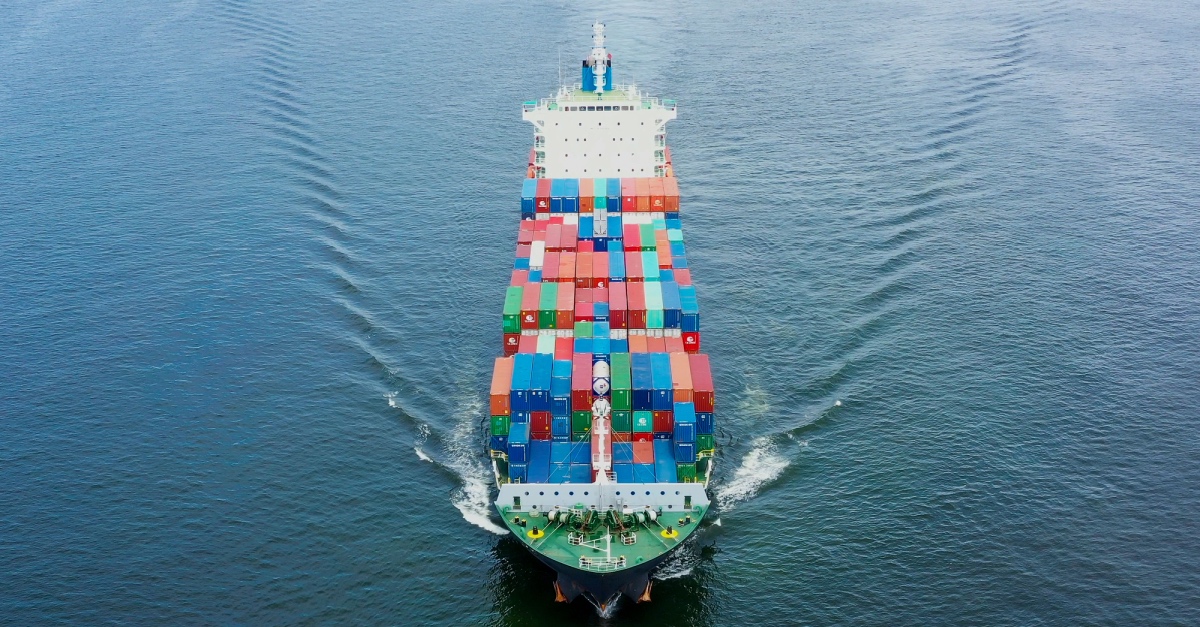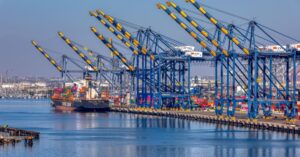Here we are at the end of tax season 2024, and if you’re a self-preparer, depending on your situation, there’s a good amount of paperwork and documentation involved in filing your return. But that annual exercise pales in comparison to what’s involved in completing and filing paperwork for your ocean freight. There’s carrier booking, regulatory compliance, customs clearance, and more to manage so that your container arrives safely at its destination.
The complexities, agencies, agreements and terms, and required forms are a challenge for shippers, no doubt. Each step has to be completed, the process managed, and the paperwork maintained in order for your cargo to move. Dealing with external disruptions in ocean shipping is bad enough, without having to worry about documentation issues.
On top of that, incomplete or inaccurate documentation has serious implications for ocean freight shipping. Loads can be rejected, fines incurred, and regulatory penalties imposed, with all kinds of downstream effects. So having the right information prepared and filed is of paramount importance.
Not surprisingly, data analytics and digital tools are increasingly being applied to ocean freight management. Automated documentation and predictive analytics help streamline bookings, provide real-time cargo tracking, and improve port turnaround times. We’ll break down what’s involved and focus on how data management has become a key element in ocean freight transportation strategies and decision-making.
It’s critically important to have the right logistics partner in place who is knowledgeable about the ins and outs of ocean freight shipping and all the required paperwork and documentation. COGISTICS Transportation, with a logistics heritage dating back to the 1980s, has the sector expertise and best-in-class technology to provide superior ocean freight services that exceed shipper expectations.
Unraveling the Documentation Maze
Let’s take a high-level look at the kinds of documentation required for shipping goods via ocean freight, and what’s involved in completing and filing it.
Ocean Freight Export Documentation
The commercial invoice is issued by the seller to the buyer. It details information like the description of goods, their value, and the terms of sale.
A detailed packing list outlines the type, quantity, and weight of each item being shipped. It’s used by all parties along the supply chain for packing, handling, and final delivery.
The bill of lading is a legal document issued by a carrier that details the type, quantity, and destination of the goods. It serves as a shipment receipt when the goods reach port and on to their final destination.
A customs declaration is required for clearance. It provides information to customs officials about each item, its value, and quantity. It’s often used for export control, valuation, and determining export duties.
The certificate of origin authenticates where the goods were manufactured. Customs officials in the destination country require it for calculating tariffs.
A letter of credit is a bank document guaranteeing the seller will receive payment from the buyer, provided they fulfill all the agreed-upon conditions. It’s used to mitigate the risk of non-payment in global commerce transactions.
Some Documentation Pitfalls to Avoid
Common mistakes shippers make in ocean freight documentation include misclassifying goods, providing inaccurate weights or quantities, and entering wrong information like addresses or container numbers. Any of these errors can lead to delays, such as a holdup in customs clearance, additional charges, and even legal penalties. This puts a severe crimp in the flow of goods, disrupting business and piling on unnecessary costs.
To avoid these painful situations, shippers should implement a meticulous review process that leverages digital tools to ensure data accuracy. Training on international trade regulations is key, as is maintaining open communication with all parties (carrier, consignee, forwarder, etc.). Pre-shipment validation by customs brokers or freight forwarders will help eliminate document errors that can cause delays and put you in violation of regulatory compliance.
Leveraging Data for Smarter Shipping
Amazingly, many parts of the ocean freight industry still rely on paper-based bills of lading, commercial invoices, and packing lists. However, advances in data exchange and the adoption of electronic documentation have led to a gradual movement toward more streamlined, paperless operations.
Efforts like the Electronic Bill of Lading (eBL) are improving efficiency and minimizing the risk of errors. It also enables automatic cross-checks against shipment details to maintain accuracy and completeness.
Applying data analytics to documentation processes leads to continuous improvement, and quickly identifying bottlenecks and common errors. Document handling becomes more efficient, and better decision-making improves regulatory compliance.
COGISTICS Transportation’s Expert Approach
COGISTICS Transportation takes the worry out of the complexity of ocean freight shipping. Our expert team ensures that your bookings comply with all relevant domestic and international regulations and standards. The result is a quick, simplified documentation process for your freight shipments.
Each document is audited and verified for accuracy by COGISTICS Transportation, helping mitigate the risk of delays or penalties. Sophisticated software helps prepare, organize, and track essential paperwork, so even the most intricate requirements are handled seamlessly and efficiently.
Don’t Take Chances When It Comes to Getting Ocean Freight Documentation Right
A global survey conducted by online documentation firm ODeX found that between 50% and 75% of ocean freight executives had experienced shipment delays as a result of poor documentation. The company further found payment processing and document delays cost the industry $3 billion per year, at a minimum of $25 per unit on an estimated 50% of loaded containers.
Engaging with an established player like COGISTICS Transportation greatly reduces your risk of incurring added costs and delays due to inaccurate paperwork and documentation. Its streamlined process and real-time tracking give you peace of mind that your shipment is being handled properly, every time. Get in touch today to learn more.




